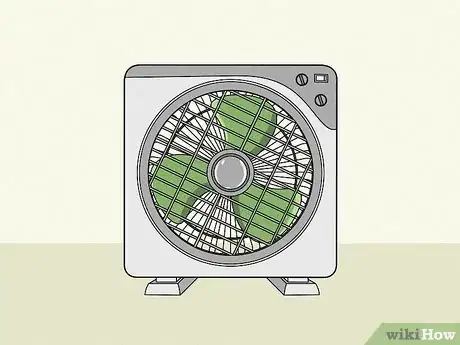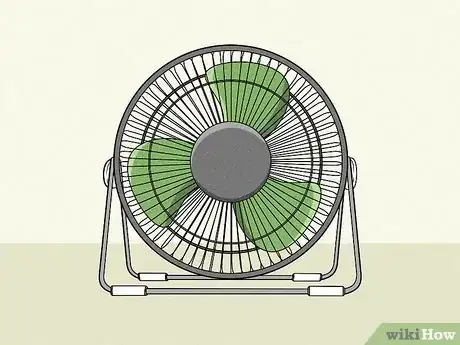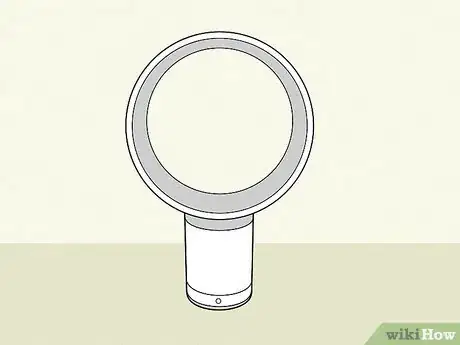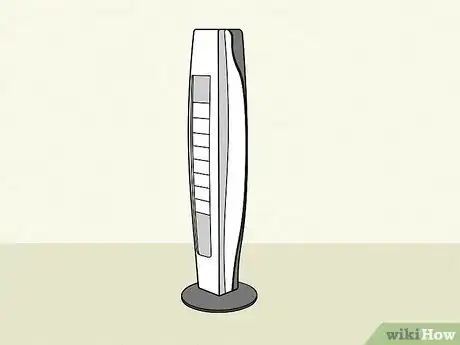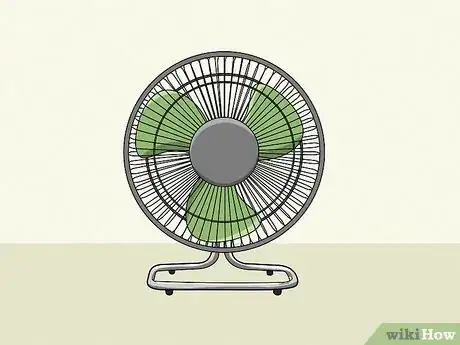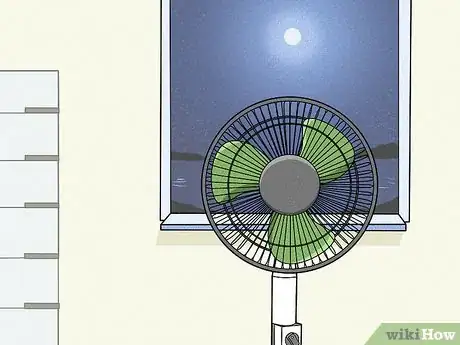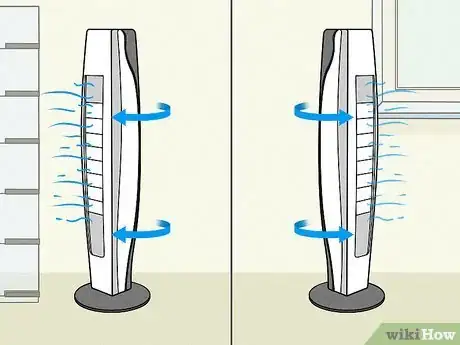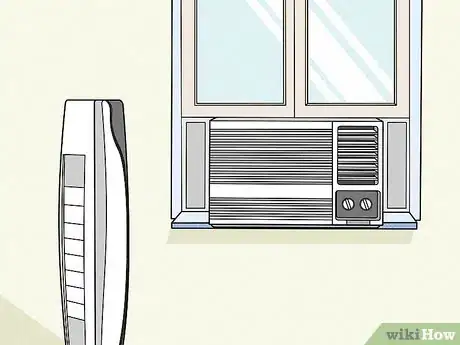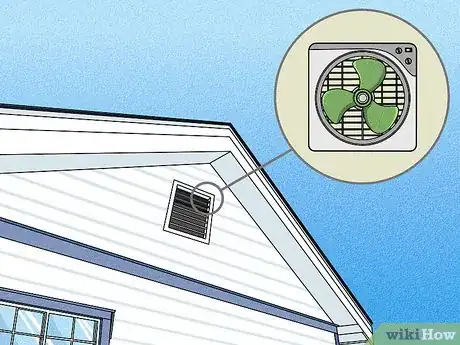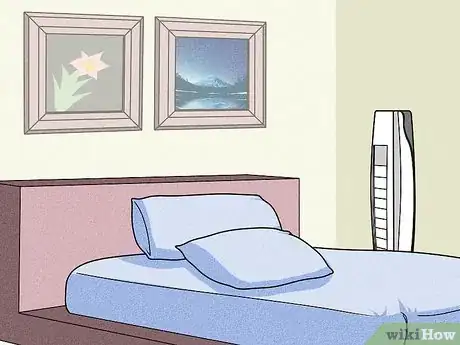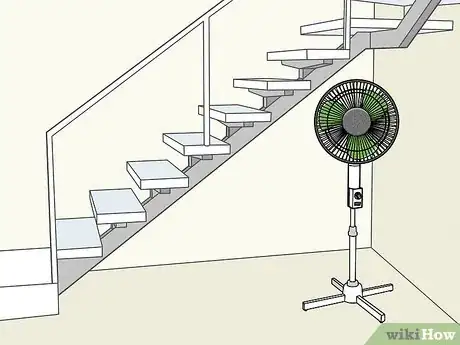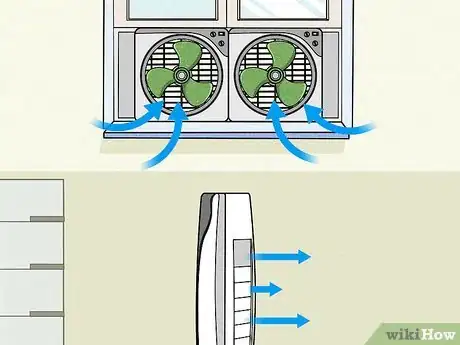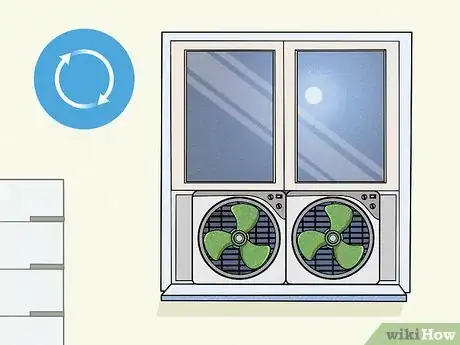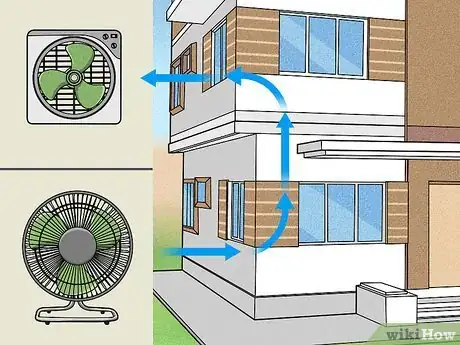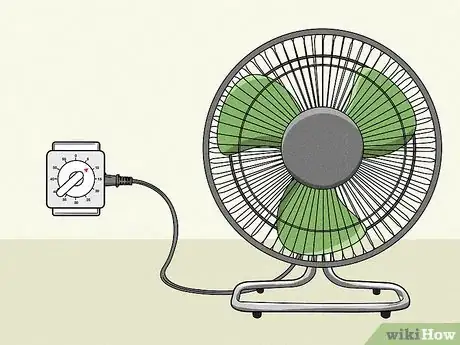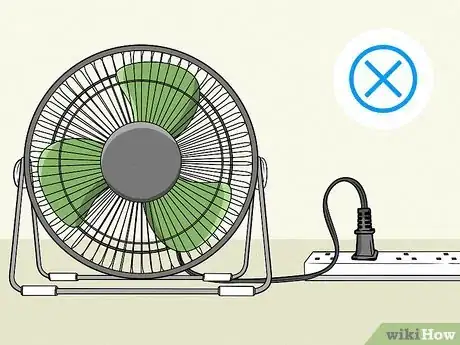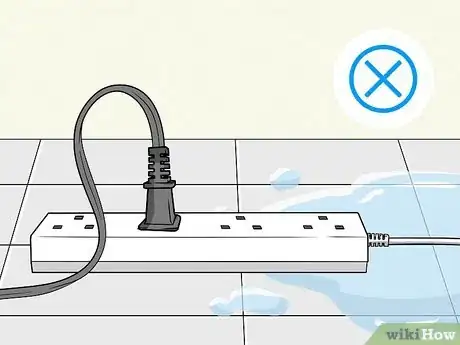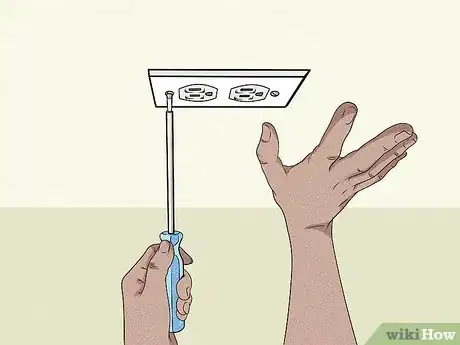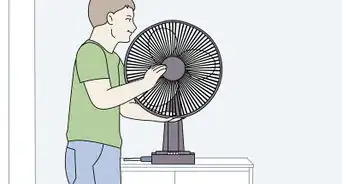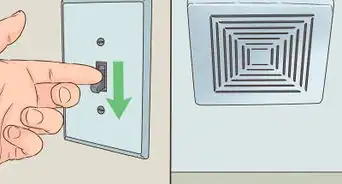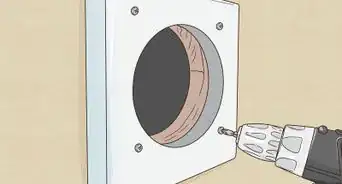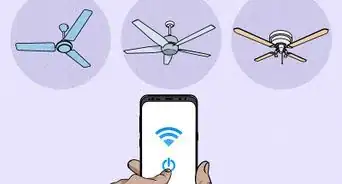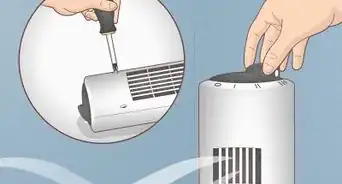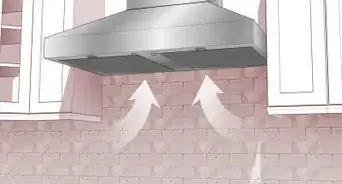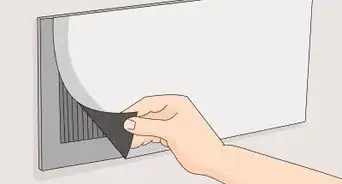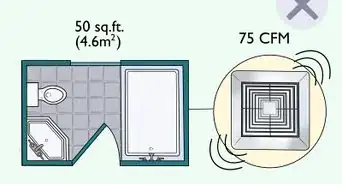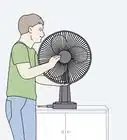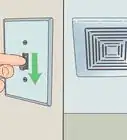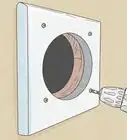X
wikiHow is a “wiki,” similar to Wikipedia, which means that many of our articles are co-written by multiple authors. To create this article, volunteer authors worked to edit and improve it over time.
There are 9 references cited in this article, which can be found at the bottom of the page.
This article has been viewed 11,783 times.
Learn more...
You can create a breeze and feel cooler anywhere in your home by using the right fans. You can also turn off your central air conditioning or room air conditioners on many days, and lower your electric bills. With window fans, you can replace the air in your house with clean, cool, outside air.
Steps
Part 1
Part 1 of 3:
Buying the Right Fans
-
1Choose pedestal fans to circulate air all over a room. These are adjustable-height and oscillate, normally 80°. [1]
- Most models are relatively light and have about half the airflow of the typical box fan. Some have a four-legged base and produce over 3000 cfm (1415 l/s). One of these can easily circulate air throughout a large room.
-
2Choose box fans for ease of movement from room to room, and easy storage. They are large, square, lightweight, inexpensive, and relatively powerful fans that rest on the floor.
- The largest models have 20”(50 cm) blades and create airflows of over 2000 cfm (940 l/s).
- A disadvantage with these is that they blow air close to the floor, and can't be tilted upward.
Advertisement -
3Choose floor fans for maximum airflow.. These have large blades and rest directly on the floor in a tiltable stand. [2]
- The largest floor fans have greater airflows than most box fans, producing airflows of about 3000 cfm (1416 l/s).
- They are more effective than box fans because they can be tilted upward to blow the air farther across the room.
-
4Choose Dyson fans to purify the air in your home. They draw in air from the base, filter it, and blow it into the room. [3]
- Dyson fans capture allergens, pollutants, and dust as air passes through them. They are less effective at circulating air than other types of fans.
-
5Choose tower fans to circulate air very quietly. These are tall and narrow, with a long, thin drum with vanes. [4]
- Their airflows range from less than 1000 cfm (472 l/s) to over 3000 cfm (1415 l/s).
- Some oscillate, and some have an “ionizer”, to electrically remove dust and smoke from the air as it passes through them.
-
6Choose table fans to place on the desks where you work,[5]
- Table fans have blades ranging from 4” (10 cm) to 12″ (30 cm).
- Their airflows range from about 160 cfm (76 l/s), to about 900 cfm (425 l/s).
-
7Choose window fans to bring in outside air. Use these when the outside air is cooler than the inside air, to replace your air with cool, clean outside air.
- Window fans are designed to blow out the air; but some have reversible airflow. They replace the air in the house by drawing in air through exhaust vents and other places, and/or by the residents opening a window when they turn them on.
- Window fans can create an airflow of above 3500 cfm (1650 l/s) and can cool an entire floor. [6]
- They work best when you open two windows, one for the fan to blow out air and the other to draw in outside air.
- There are two-blade and three-blade “vertical window fans” for sliding windows and casement windows.
- “Smart window fans” turn on automatically when the outside air is cooler or dryer than the inside air.
Advertisement
Part 2
Part 2 of 3:
Using Fans Efficiently
-
1Run a stand fan next to an open window during cool evenings and open one or more other windows.[7]
- This will cool the home and replace the air with cleaner, drier outside air.
- When bedrooms are too warm (e.g., you turned off the A/C window units because they are noisy), run stand fans at other windows on that floor. This will cool the air later in the night, preventing it from making the bedrooms warmer.
-
2Run two oscillating stand fans or oscillating tower fans at opposite ends of a large room to circulate air throughout the room.
-
3Run an oscillating stand fan or tower fan next to a window air conditioner. This will circulate its cold air throughout the room.
-
4Use a stand fan or box fan to blow out air through a louvered attic vent. When an attic is very hot, much heat flows downward through the attic floor into the floor below, increasing your need for air conditionin.
-
5Use a stand fan or a tower fan to blow air over your bed while you sleep. This may allow you to turn off your room air conditioner. [8]
- Stand fans run quietly at low speed.
- Tower fans are very quiet and take up less floor space.
-
6Run a fan at the top of the basement stairs to bring up cooler air up from the basement.
- A basement can be up to 20°F (6°C) cooler than the first floor.
-
7Create a strong cross-ventilation. [9]
- Run a stand fan next to an open window, or a window fan in the window, blowing outward. On the opposite side of the room or on another floor, open a window and run a fan blowing inward.
-
8Run window fans for hours at night to remove heat from the home.
- Heat energy stored in the walls, floors, and ceilings will be released into the air and escape from the house, so less air conditioning will be needed the next day.
-
9Take advantage of the “chimney effect” in a multi-level home. Warm air rises, so a house will cool more rapidly if air enters through first floor windows and exits through upper floor windows.
- Run window fans on upper floor windows to blow out air.
- Open first floor windows (Run intake fans for faster results).
-
10Control your bedroom window fan with a “daily mechanical timer”.
- Use only "heavy-duty" daily mechanical timers. Others may be designed for lamps, which use less electric current than window fans.
- Set it to turn on the fan one or two hours before bedtime to cool the room, and turn off the fan in the middle of the night for quieter sleeping.
Advertisement
Part 3
Part 3 of 3:
Using Fans Safely
-
1Do not use a “lamp extension cord” with a fan. These could overheat and start a fire because they are too thin for the electric current drawn by almost any fan.
- Lamp extension cords use 18 gauge wire which is thinner than 14 gauge wire. Most electrical cables in a house are 14 gauge wire.
- Buy fans with long cords to avoid using extension cords.
-
2Never use an extension cord in places that are unsafe.
- Never run an extension cord under a rug or carpet. Stepping on it could cause a fire.
- Cover extension cords that are not against walls with rubber “cord protectors”.
- Never use an extension cord where the floor could get wet, like garages that could get wet from rain, or bathrooms or basements.
-
3Install new outlets instead of using extension cords if the nearest outlet is far away.
- Mount a cable along the top of the baseboard from the nearest outlet to the new outlet. Cover the cable with plastic wire channel.
Advertisement
References
- ↑ https://homeguides.sfgate.com/how-a-pedestal-fan-works-13409301.html
- ↑ https://homeguides.sfgate.com/pick-out-floor-fan-home-30679.html
- ↑ https://www.topcoolingfan.com/how-dyson-bladeless-fans-work/
- ↑ https://yourtowerfans.com/tower-fans-guide/
- ↑ https://medium.com/@ksethiajay/table-fans-many-advantages-of-owning-one-47b28fcf6d2
- ↑ https://topwindowfans.com/guide-window-fans/
- ↑ https://lifehacks.stackexchange.com/questions/6881/where-should-a-fan-be-aimed-for-maximum-cooling-of-a-room-with-one-opening/
- ↑ https://coolingfanreview.com/how-to-circulate-air-with-fans/
- ↑ https://www.energy.gov/energysaver/home-cooling-systems/fans-cooling/
About This Article
Advertisement

